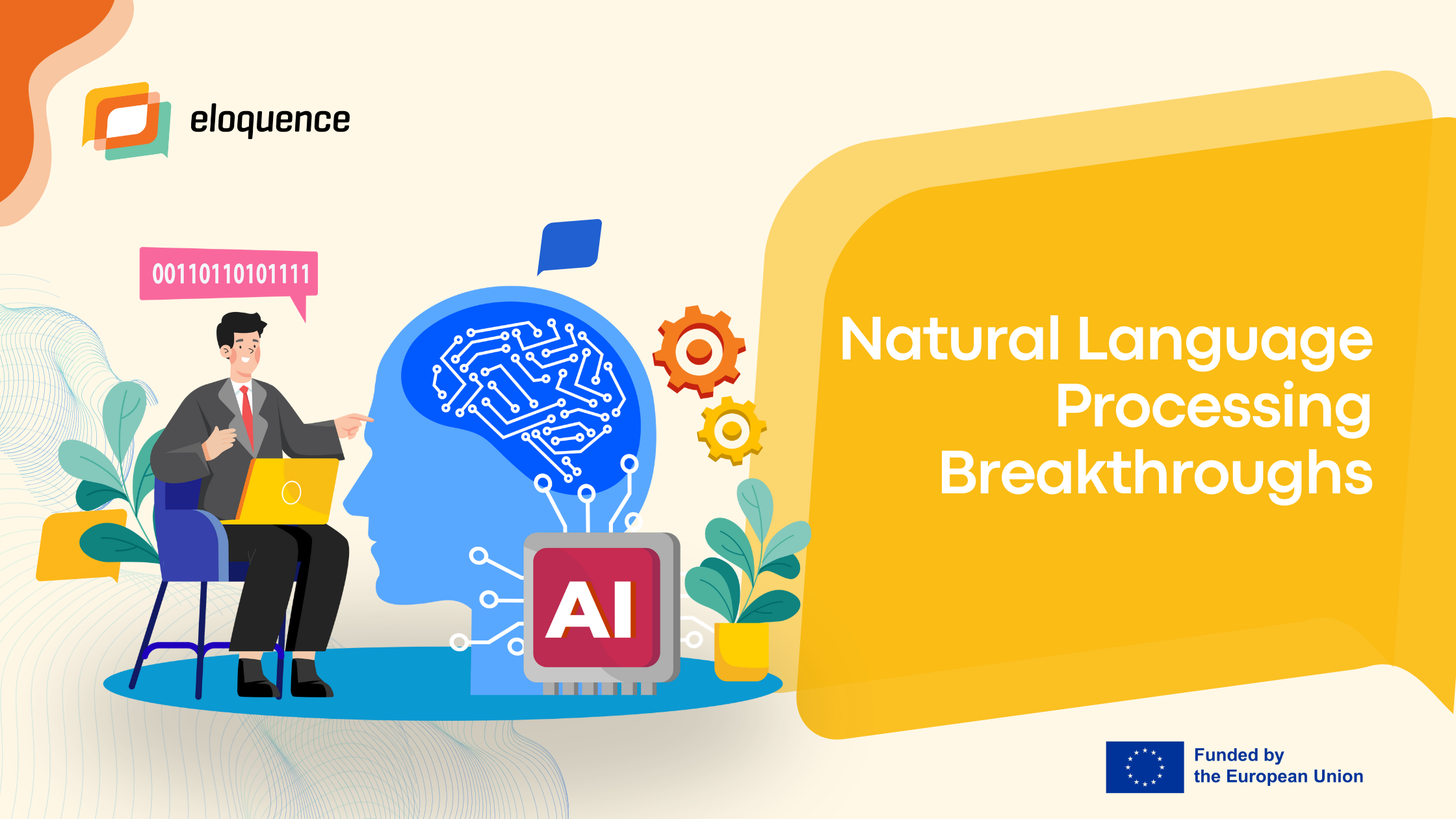Natural Language Processing, or NLP, is a fascinating branch of artificial intelligence that enables computers to understand, generate, and interact with human language. Whether you’re asking your voice assistant a question or using a translation app, NLP is at work behind the scenes, making those interactions possible. It’s a technology with huge implications across industries, from healthcare and finance to retail and marketing, and it’s evolving faster than ever.
A Quick History of NLP
NLP didn’t start with deep learning models. It began with simple rule-based systems and gradually moved to statistical approaches. Then came machine learning techniques and word embeddings such as Word2Vec and GloVe, which helped machines grasp the meaning behind words better. The introduction of recurrent neural networks (RNNs) and long short-term memory networks (LSTMs) further improved NLP by allowing models to remember context over sequences. But these had limitations, especially with long-range dependencies and slow training times.
The Transformer Revolution
Everything changed in 2017 when Vaswani et al. introduced the Transformer architecture. Unlike RNNs, Transformers use self-attention mechanisms that let models consider all words in a sentence simultaneously, improving speed and understanding. This architecture sparked a revolution, giving rise to powerful models like BERT, GPT, and T5 each pushing the boundaries of what AI can do with language.
Breakthrough Models and Real World Impact
BERT brought deep contextual understanding by looking at words in both directions. GPT excels at generating fluent, human-like text. T5 unified many language tasks into one flexible system. Multilingual models like mBERT and XLM-R broke language barriers, while instruction-tuned models such as ChatGPT have made AI more conversational and aligned with human needs.
These advances power applications we use daily (natural conversational assistants, precise machine translation, smarter sentiment analysis, and fast document summarization) making technology more helpful and accessible.
Challenges and the Road Ahead
Despite all this progress, challenges remain. Language models can inherit biases, sometimes produce false information (hallucinations), and require enormous energy for training. Privacy and security are also major concerns. Looking forward, the focus is on building more inclusive, sustainable, and multimodal AI systems that understand vision, speech, and code while keeping AI accessible through open-source tools.
ELOQUENCE AI and Natural Language Processing
The ELOQUENCE project leverages advanced NLP to create conversational AI that understands and processes multilingual, complex dialogues with high accuracy. It focuses on reducing bias, ensuring ethical use and aligning with European privacy and safety standards. By doing so, ELOQUENCE enhances human-machine communication in diverse, real-world applications.
With applications across industries and daily life, NLP continues to push the boundaries of what’s possible in AI. As we look ahead, balancing innovation with ethical responsibility, inclusivity, and sustainability will be key to shaping a future where intelligent language systems benefit everyone.


